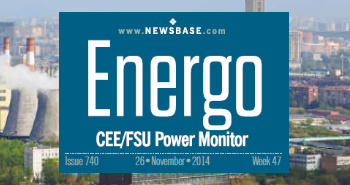Rosatom looks at option of nuclear plant with dry cooling tower for Uzbekistan
Rosatom and the government of Uzbekistan are in discussions over the possible use of a dry cooling tower to cool the nuclear power plant (NPP) that the Russian state corporation wishes to build in the Central Asian country, Interfax has reported.
Forecasts show that by 2050 Uzbekistan may face difficulties in providing sufficient water to cool an NPP, the news service reported the director of Rosatom’s sustainable development department, Polina Lyon, as pointing out at the ongoing UN climate change conference COP28 in Dubai.
"It is a rather complicated technological solution [to a lack of water], but we are thinking a little ahead. And, in fact, the issue of minimum water consumption for nuclear energy is a serious item on the agenda," Lyon was cited as saying.
Dry cooling tower technology means there is no evaporation of water in the cooling of nuclear reactors. Such technology conducts heat transfer through air-cooled heat exchangers that separate the working fluid from the cooling air. As there is no direct contact between the working fluid and the ambient air, there is no water loss in the system.
Uzbekistan is yet to select the company that will build its first NPP. As well as Rosatom, there are companies from France, the US and other countries that hope to win the contract.
Uzbekistan and Russia started negotiations for an NPP in 2018. Tashkent has explored commissioning Rosatom to build two VVER-1200 nuclear reactor units with a capacity of 1.2 GW each. The NPP would be located on the shore of Lake Tuzkan in Jizzakh region. Construction would take about six years.
Uzbekistan is one of the top five uranium producers in the world, thus sourcing fuel for the plant would not pose any difficulties.



Follow us online